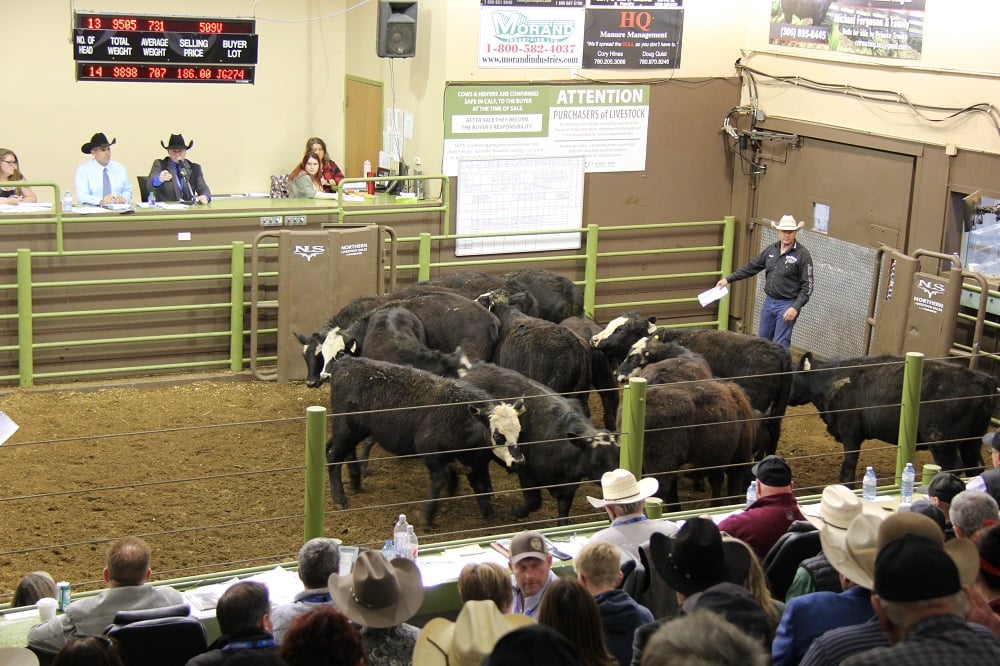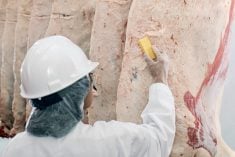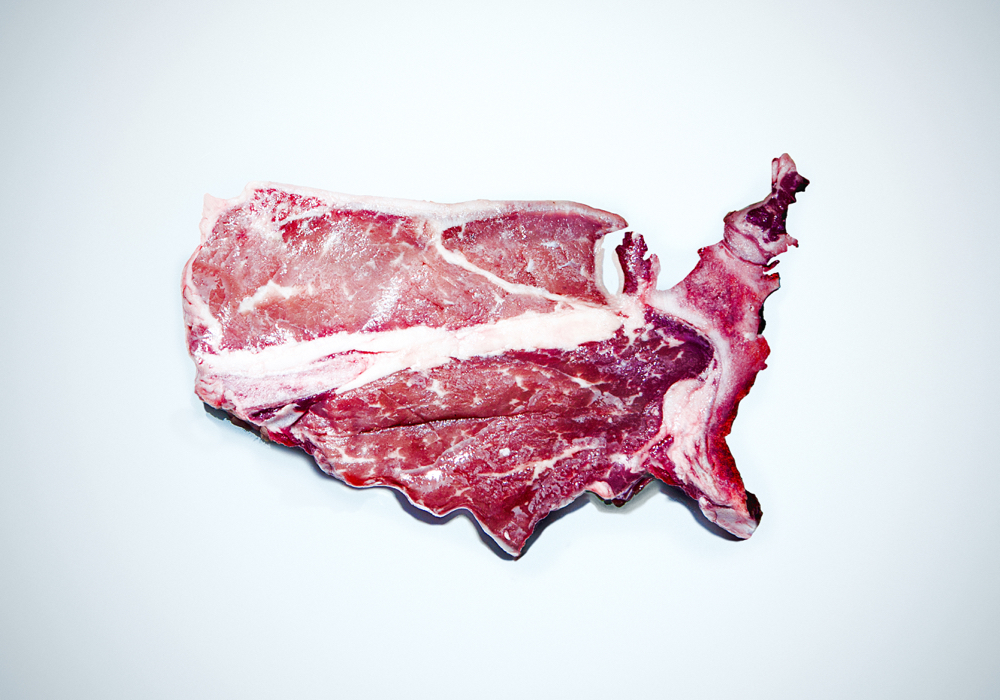Pork, pork and more pork. That’s what the U.S. beef market faces as it moves into the middle of the last quarter of 2019. American pork processors are harvesting live hogs at a record rate and putting more pork onto the market than ever before. Only strong pork exports (accounting for 27 per cent of production) are preventing pork from overwhelming the domestic market.
The price correlation between beef and pork is often nebulous. In general, pork only provides competition for beef in the meat case when it is extremely cheap. Americans who want the taste of red meat buy beef whatever a pork chop costs. Ironically, the U.S. pork industry 20 years ago rebranded pork as “the other white meat.” This turned out to be a deeply flawed promotion and pork eventually reclaimed its place as a red meat.
Read Also

Cattle Market Summary
Break-evens, cow and calf prices, plus market summaries courtesy of Canfax and Beef Farmers of Ontario. Cost of Production May…
October was National Pork Month in the U.S., thus designated each year because it coincides with the largest pork production period of the year. This meant increased retail featuring of the other red meat. Retailers continued to feature beef but it faced challenges in terms of ads and much lower pork prices. This will continue into November, as pork production shows no signs of slowing its seasonal surge.
The increase in weekly hog slaughter, although expected, has been staggering the past few months. Weekly slaughter totals barely exceeded 2.5 million head until recently. Yet they topped 2.6 million head in the week ending September 14 and nearly hit 2.7 million head in the second week of October. Daily kills are now close to 490,000 head. The reason for the increase is that a lot of new pork processing capacity went online in the past year and hog producers expanded their herds in anticipation.
The larger kills mean pork production some weeks has been up seven per cent on last year. Year-to-date slaughter to October 12 was 3.7 per cent higher than last year while total cattle slaughter was up only 1.0 per cent. Year-to-date beef production is barely higher than last year because of lighter carcass weights so far this year. Ironically, though, retail pork prices in September were up slightly on last year while the retail beef prices were barely up at all. But this likely changed in October with more retail pork features.
As mentioned, U.S. pork exports continue to post strong results even though U.S. pork still faces huge tariffs in China. August exports increased 22 per cent from a year ago while export value climbed 19 per cent. These results pushed January-August export volume four per cent ahead of last year’s pace at 1.7 million metric tons, while value increased one per cent to US$4.35 billion. Emerging markets were strong for U.S. pork, even as exports rebounded to China and Mexico, says the U.S. Meat Export Federation.
Although still held back by China’s retaliatory duties, China/Hong Kong was the largest destination for U.S. pork in August at 63,656 mt, more than tripling the August 2018 volume, while export value climbed 160 per cent to US$137.6 million. For January through August, exports to China/Hong Kong were up 38 per cent in volume (356,322 mt) and up 17 per cent in value (US$717.9 million).
Both the U.S. beef and pork industries are eagerly awaiting a reduction in tariffs imposed by Japan on the two meats. The U.S. and Japan officially signed a trade agreement on October 7 that will bring the tariffs in line with those imposed on major competitors. The U.S. beef industry will be able to sell more beef to Japan, and more pork will go there as well. That’s a win-win for both meats.
















